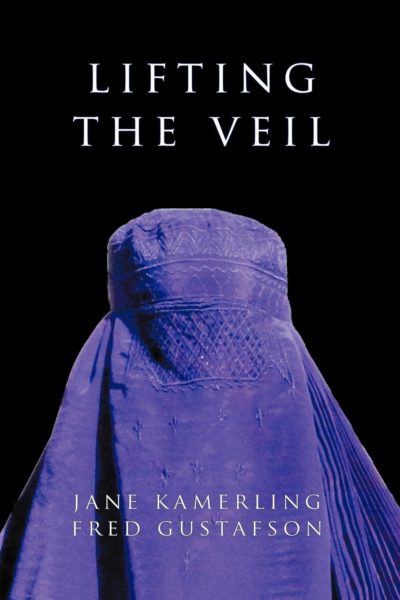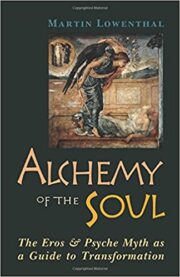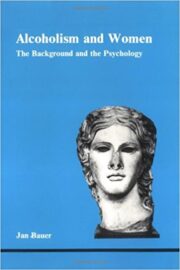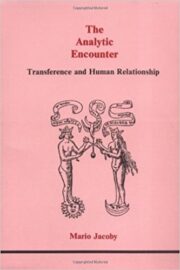Description
The veil is not just a female garment to hide, protect or humble Muslim women, but the curtain behind which resides the feminine principle, repressed in both East and West. Beneath the veil resides the unconsciousness of both cultures that becomes manifested in the politics of today.
The veil has emerged in the twenty-first century as an international symbol that holds a variety of meanings. The veil can be understood as merely the customary dress of Middle Eastern women, a religious expression, or a political statement. For some women donning the veil represents male dominance. For others the veil signifies self-determination and independence in reaction to the threat of Western ideology. The veil powerfully holds the polarity of attitudes and beliefs and invites the projections of psychological complexes in both Western and Islamic societies, fueling conflict between and within each culture.
To lift the veil of ignorance, it is necessary to understand both the Islamic and Western world views. Many Westerners know little about the history of the cultures, religions, and nations of the Islamic world. History classes in the U.S. are focused on American and European history and how Europe discovered, influenced, conflicted and shaped American culture. Within that specific framework, everything the West knows about the world and its history tends to be viewed through a Western lens, influenced and molded within Christian ideology. All else is viewed as foreign and risks the possibility of being misunderstood since it seems different and is evaluated within our limited worldview.
From a historical and psychological perspective, Lifting the Veil explores and expands our knowledge of Islam, and the repressed feminine principle within both Eastern and Western cultures.





